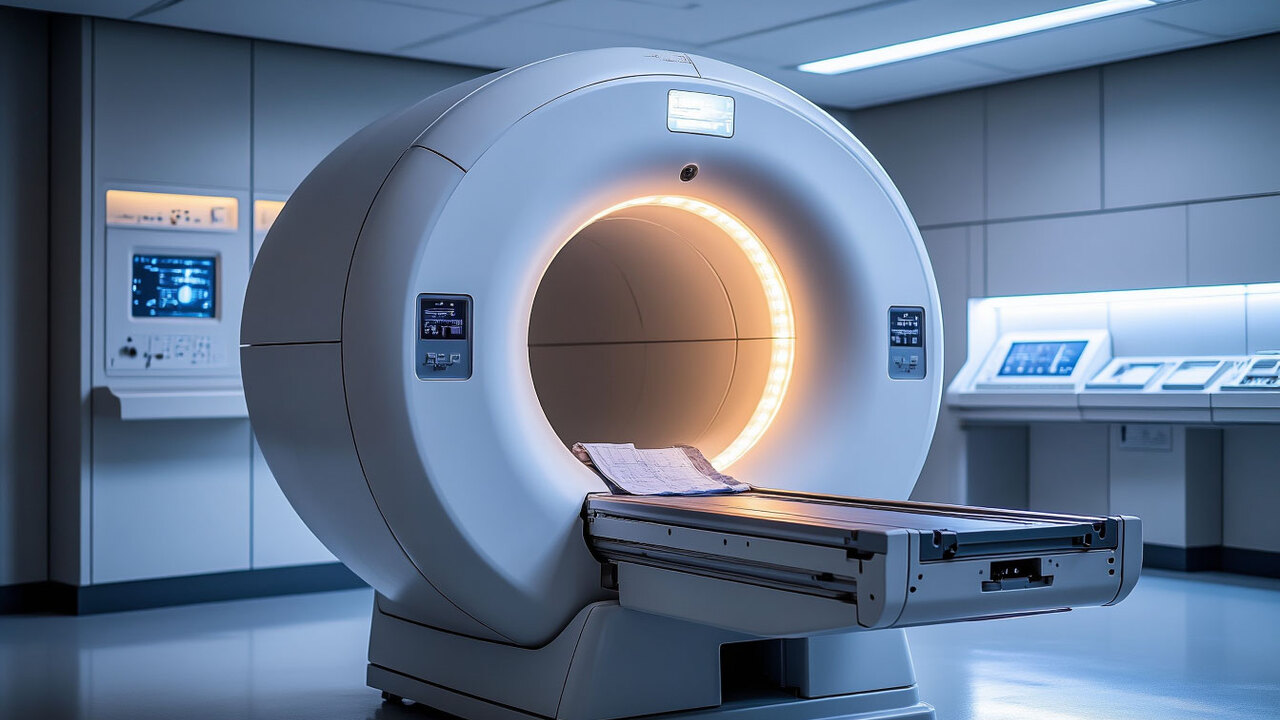Researchers from the University of California The key was a two-step process of converting carbon dioxide, electricity and water into acetate, which plants can absorb and grow in total darkness.
Thus, it was possible to discover the limitations of natural photosynthesis. Paired with solar panels to generate electricity, this method of growing food would be more than 18 times more efficient than conventional, which uses only 1% of solar energy.
The photo proves that the tomatoes and beans actually grew in the experiment. But it was reported that at least enough p was grown to reduce something specific. The press photo shows how little greens sprout in laboratory soil, but it is not yet known what method is used to obtain sufficient quantity and useful quality of the product.
Nevertheless, the strategy has a promising and worthy development. After all, increasing food cultivation can drive down prices for them.
Source: Tech Cult










